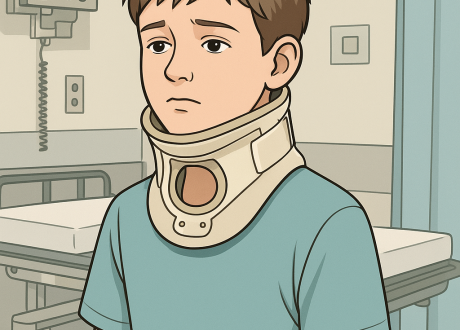 Kevin Chu,1 Anne- Maree Kelly ,2,3 Win Sen Kuan,4 Frances B Kinnear,5,6 Gerben Keijzers,7 Daniel Horner ,8 Said Laribi,9 Alejandro Cardozo,10 Mehmet Akif Karamercan,11 Sharon Klim,2 Tissa Wijeratne,12 Sinan Kamona,13,14 Colin A Graham,15 Richard Body ,16,17 Tom Roberts ,18,19 HEAD and HEAD- Colombia study groups
Kevin Chu,1 Anne- Maree Kelly ,2,3 Win Sen Kuan,4 Frances B Kinnear,5,6 Gerben Keijzers,7 Daniel Horner ,8 Said Laribi,9 Alejandro Cardozo,10 Mehmet Akif Karamercan,11 Sharon Klim,2 Tissa Wijeratne,12 Sinan Kamona,13,14 Colin A Graham,15 Richard Body ,16,17 Tom Roberts ,18,19 HEAD and HEAD- Colombia study groups
Abstract 
Objectives Only a small proportion of patients presenting to an ED with headache have a serious cause. The SNNOOP10 criteria, which incorporates red and orange flags for serious causes, has been proposed but not well studied. This project aims to compare the proportion of patients with 10 commonly accepted red flag criteria (singly and in combination) between patients with and without a diagnosis of serious secondary headache in a large, multinational cohort of ED patients presenting with headache.
Methods Secondary analysis of data obtained in the HEAD and HEAD-Colombia studies. The outcome of interest was serious secondary headache. The predictive performance of 10 red flag criteria from the SNNOOP10 criteria list was estimated individually and in combination.
Results 5293 patients were included, of whom 6.1% (95% CI 5.5% to 6.8%) had a defined serious cause identified. New neurological deficit, history of neoplasm, older age (>50 years) and recent head trauma (2–7 days prior) were independent predictors of a serious secondary headache diagnosis. After adjusting for other predictors, sudden onset, onset during exertion, pregnancy and immune suppression were not associated with a serious headache diagnosis. The combined sensitivity of the red flag criteria overall was 96.5% (95% CI 93.2% to 98.3%) but specificity was low, 5.1% (95% CI 4.3% to 6.0%). Positive predictive value was 9.3% (95% CI 8.2% to 10.5%) with negative predictive value of 93.5% (95% CI 87.6% to 96.8%).
Conclusion The sensitivity and specificity of the red flag criteria in this study were lower than previously reported. Regarding clinical practice, this suggests that red flag criteria may be useful to identify patients at higher risk of a serious secondary headache cause, but their low specificity could result in increased rates of CT scanning.









